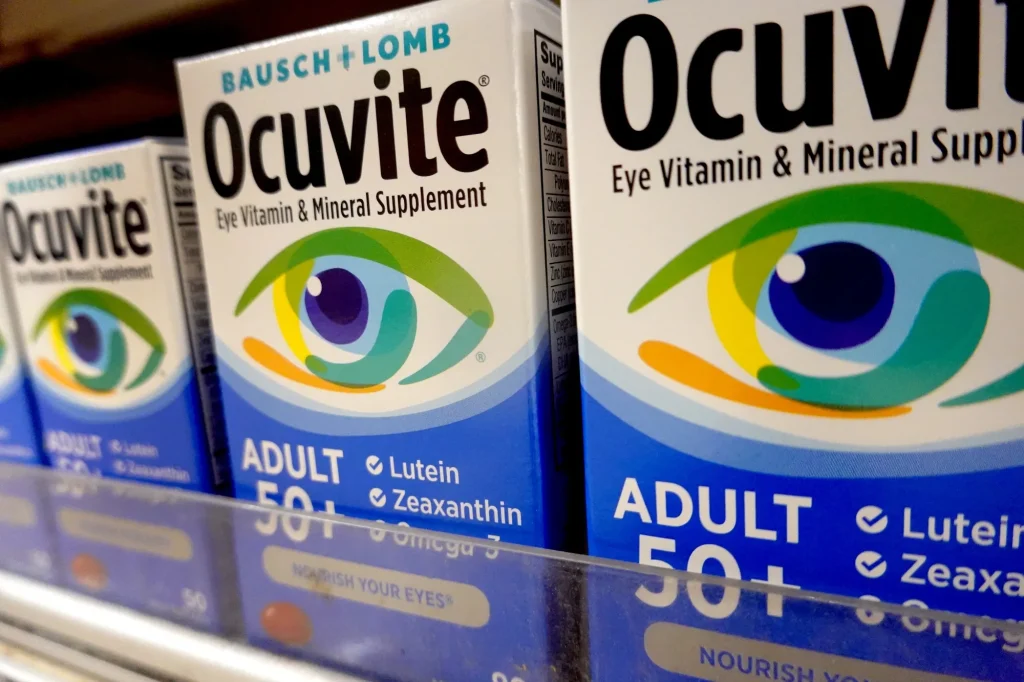Is Bausch Health Stock a Hidden Gem? An In-Depth Analysis for Investors

In the ever-evolving landscape of healthcare investments, Bausch Health Companies has emerged as a topic of intrigue among savvy investors seeking a potential hidden gem. With its diversified portfolio and strategic repositioning, Bausch Health is not just another name in the pharmaceutical sector; it represents a compelling opportunity for those willing to dig deeper.
This in-depth analysis will unravel the complexities surrounding Bausch Health’s stock, exploring its financial health, growth opportunities, and market position. As market volatility continues and competition intensifies, understanding the intricacies of Bausch Health can be the key to making informed investment decisions. Join us as we evaluate whether this company possesses the foundational elements that could lead to significant returns, or if it’s merely an illusion in the stock market’s often murky waters.
Overview of Bausch Health Companies Inc. (BHC)
Bausch Health Companies Inc., known as BHC on the NYSE and TSX, develops and markets pharmaceuticals and medical devices. Headquartered in Laval, Canada, it targets therapeutic areas like gastroenterology, hepatology, and eye health through brands such as Bausch + Lomb and Salix. The company emerged from Valeant Pharmaceuticals after a significant rebranding effort in 2018, aiming to rebuild trust.
BHC operates across three segments: Bausch + Lomb (eye health), Salix (gastrointestinal), and International/Ortho Dermatologics. This diverse portfolio enables the company to address chronic conditions worldwide while pursuing consistent revenue streams.
Recent Financial Performance of Bausch Health Companies Inc
BHC shows signs of recovery after navigating financial turbulence. In 2023, revenue reached 8.4 billion, a 2% organic increase driven by strong sales of Xifaxan (gastro drug) and Bausch + Lomb products. However, the company still reported a net loss of 592 million due to high-interest expenses on its $20.5 billion debt load.
Notably, Bausch + Lomb’s successful 2022 spinoff as a public entity strengthened BHC’s balance sheet, reducing leverage. Recent quarterly results indicate improved cash flow, with Q1 2024 generating $465 million in operating cash flow. Yet, profitability remains pressured by restructuring costs and legal settlements.
Market Position and Competitive Landscape
BHC commands leadership in niche markets:
Gastroenterology: Salix’s Xifaxan dominates irritable bowel syndrome treatment.
Eye Health: Bausch + Lomb holds top-3 global positions in contact lenses and surgical devices.
Dermatology: Assets like Jublia (toenail fungus) retain loyal prescriber bases.
Despite this, Bausch faces intense pressure. Giants like AbbVie (Humira) and Novartis (Alcon) compete in gastroenterology and eye care. Generics challenge older products, while pipeline gaps create vulnerability against innovators like Regeneron in ophthalmology.
Growth Opportunities and Future Prospects
Key growth catalysts for BHC include:
Xifaxan Patent Extension: Potential approval for new indications (e.g., NASH liver disease) could extend exclusivity beyond 2029.
International Expansion: Emerging markets offer 10%+ growth potential for eye health products.
New Product Launches: Drugs like Amiselimod (dermatology) could generate $500M+ peak sales if approved in 2025.
Cost Optimization: Targeting $350M in annual savings by 2025 boosts margins.
The relaunched R&D program prioritizes rare diseases and unmet medical needs, offering long-term pipeline revitalization.
Risks and Challenges Facing Bausch Health
BHC’s high-risk profile stems from:
Massive Debt Burden: 20.5B debt limits investment flexibility. Annual interest exceeds 1.5B.
Patent Cliffs: Xifaxan’s key patents expire starting 2029. Generics could erode 25% of revenue.
Litigation Overhang: Settlements from past scandals (e.g., opioid marketing claims) drain cash reserves.
Pipeline Delays: Limited late-stage assets increase dependency on existing products.
Additionally, pricing pressure from Medicare reform threatens U.S. revenue streams.
Analyst Opinions and Ratings
Wall Street remains deeply divided on BHC. Current ratings include:
5 Buy Recommendations: Bullish analysts highlight debt reduction progress.
12 Hold Ratings: Most cite lingering uncertainty over patent litigation outcomes.
4 Sell Calls: Bears emphasize leverage and limited R&D firepower.
Price targets range widely, from 8 to 15 for 2025. Average $11.50 suggests modest 15% upside from July 2024.
Comparison with Industry Peers
Key Metrics vs. Major Competitors:
| Metric | Bausch Health (BHC) | AbbVie (ABBV) | Novartis (NVS) |
|---|---|---|---|
| Market Cap | $3.1B | $290B | $215B |
| Revenue Growth | 2% (2023) | 6% | 4% |
| Net Debt/EBITDA | 6.8x | 3.1x | 0.9x |
| Dividend Yield | N/A | 3.8% | 3.9% |
BHC’s specialization offers pricing power but leaves it outmatched by deeper-pocketed rivals with diversified pipelines.
Investment Strategies for Bausch Health Stock
Given extreme volatility, tailored tactics work best:
Aggressive Traders: Capitalize on binary news (legal wins, FDA decisions) for short-term gains.
Contrarian Investors: Scale into positions below $9 anticipating debt-restructuring upside.
Risk Management Essential: Never exceed 3% portfolio allocation; pair with defensive healthcare stocks.
Crucially, avoid dividend-focused strategies—BHC suspended payouts indefinitely.
Conclusion: Is Bausch Health Stock a Worthwhile Investment?
Bausch Health represents a speculative turnaround play. Recovery potential exists through debt optimization and niche leadership, especially if patents hold. However, the massive leverage and patent cliffs create perilous risk.
Recommendation: Only high-risk tolerance investors should consider BHC. Wait for sustained debt reduction below 5x EBITDA before building positions. While possible multi-bagger returns exist, conservative investors should AVOID until stronger financial footing emerges.